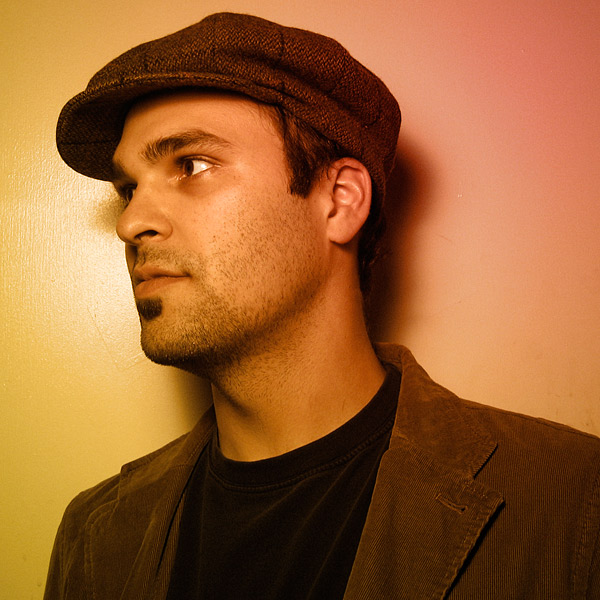
Quartetski does Satie listen on SoundCloud
The brainchild of viola da gambist Pierre-Yves Martel, Quartetski is a chamber music ensemble that re-imagines the work of great composers in an improvised context. Past projects have reconstructed the music of Prokofiev, Satie, and Henry Purcell. At Innovations en concert this week, Quartetski will take on the music of mercenary and gambist Tobias Hume.
Tell me a little bit about how you got the original idea for Quartetski.
It started in 2005. I forgot how I came across it, but I found these pieces called Visions Fugitives by Prokofiev, which were the basis of the first project we did with Quartetski. I had a quartet at the the time with double bass, drums, alto sax and trumpet that I thought the pieces would work well with, so I arranged a couple of them. It really worked, so I arranged all of the pieces- well, almost all- and then we eventually played at the Off Festival de Jazz de Montreal, and won the François Marcaurelle Prize, which gave us another date in the following year for the festival. At first I thought Quartetski would be just this one project where we would play Prokofiev, but finally we had to come up with new material, so I started looking for new repertoire.
You started out as a bass player and then switched to viola da gamba, focusing on early music. Then you set out on a new path defined by contemporary improvisation. Are there links between this direction and your work in early music?
There are always links between the repertoire I’m playing and the music that I’m playing at a given time. When I was playing bass, we were working on Prokofiev, which has a lot in common with jazz and ragtime; and the kind of improvised music we were playing here was very much jazz-influenced, more harmonic and melodic. Really a mix between classical chamber music, jazz, and actuelle. Then we started interpreting Erik Satie. It started off in the same direction as the Prokofiev project, but then I stopped playing double bass (after the project had started). So I re-arranged the pieces to make it work for gamba. I felt like it didn’t work as well, maybe because Satie’s music is also related to a jazz idiom. I stopped with that project and decided I wanted to do something more Baroque, so it would fit more with the gamba.
And that led you to Tobias Hume.
Well, we had already done Henry Purcell. That worked pretty well, but there were still some acoustic problems between the instruments. Gamba, trumpet and bass clarinet are challenging to blend. Anyway, after stopping Quartetski for a couple of years, I had the idea of doing this Tobias Hume project which I think works really well because it revolves from the outset around solo gamba. It gives us a strong base to work from.
What was Tobias Hume’s story?
He was born in 1569, I believe, and died in 1645, so he lived a pretty long life. He was Scottish, and a soldier, and he made a living as a soldier for the Russian and Swedish armies. He also played viola da gamba, and wrote a lot of short, small pieces. Most of them are solo gamba pieces, but there are some songs too for gamba and voice, and a few pieces for viol consort. So he didn’t produce that much music, and it came from one specific time in his life. We don’t know that much about him, but his music uses strange styles. It seems like he might have been self-taught; he didn’t follow the trends or styles of the time.
Any ideas for future projects?
We’re thinking about John Cage, for his centennial.
– Isak Goldschneider, September 22, 2011, Montreal
attend Quartetski’s concert (with The Youjsh) at Innovations en concert, Wed, 28 Sept 2011